We Won't See a Car Like the Honda S2000 Again
While other Japanese manufacturers ended production of their most ambitious cars, Honda released something truly wonderful. And with the way the auto industry is going, we may never see something else like it.

Nor is it a garage queen. Soo regularly participates in local club events, including an annual drive to Mount Baker, and runs up through the tunnels of the Fraser Canyon in BC. Gaze closely at the paintwork on the nose of this dagger-like little roadster, and you'll find the tell-tale pitting of a car that is loved, but also used.
This January, at the Tokyo Auto Salon, Honda paid tribute to both the S2000 and owners like Soo with an updated early car it dubbed the 20th Anniversary S2000 prototype. Prepared by Honda Access, the company's parts and accessories division, this S2000 benefited from new bodywork with claimed genuine aerodynamic benefits, a retuned suspension, 17 inch staggered fitment wheels, and an upgraded audio system.
All these parts will be available to S2000 owners looking to refresh their car for years to come. As with Mazda and their MX-5 restoration catalogue, and Nissan and their Skyline heritage parts, Honda is honoring a hero from its past.
The sad part about this tribute is, unfortunately, that it's probably an admission that Honda will never build something like the S2000 again. This car may be labelled a prototype, but there's nothing to suggest that anything new is in the pipeline. In fact, if you look at Honda's current lineup, largely reliant on turbocharging and shared platform manufacturing, the company's products seem to be moving further away from the high-revving heritage that inspired the S2000 in the first place.
Last year, I was lucky enough to sample some of that original screaming intensity by way of a very rare Canadian-market 1966 Honda S600. The company's anniversary in the US began in 1969 with the proto-Civic Honda N600, but a few S600s made their way to Canada first via a handful of motorcycle dealerships.
The S600 is a tiny car crammed with every idea Soichiro Honda could dream up. It has a quad-carbureted, 606cc engine that features double overhead cams, makes 57hp at 8500 rpm, and redlines at over 10,000 rpm. Keeping the thing tuned properly is ordinarily a nightmare, but owner Mike Gane is a retired electrical engineer with the kind of mind that welcomes mechanical challenges. Naturally, he also owns an S2000.
The frenetic little S600 is something of a cross between a hummingbird and a rollerskate. It flits across the landscape in a fury of engine revolutions, not exactly speedy, but poised on its fully independent suspension, and pivoting on its skinny tires.
This effervescence was the spirit Honda's engineers wanted to recapture for the company's 50th anniversary. A concept from 1995 already existed, the Sport Study Concept (SSM), designed in partnership with Pininfarina. The concept took the conventional front-engined, rear-wheel-drive layout of Honda's ancestral S-cars, and mixed in a five-speed automatic gearbox taken from the NSX, and a five-cylinder, 20-valve engine that spun to a projected 8000 rpm.
The production S2000 that launched four years later made the SSM look unambitious. The styling had been refined by Honda designer Daisuke Sawai into a classic and angular shape that continues to age gracefully. The headlines, however, were all about that powertrain.
The first generation of S2000, called the AP1 internally and by Honda fans, received a 2.0L four-cylinder engine that was tucked entirely behind the front axle. It produced a peak of 240 hp at 8300 rpm, with the redline set at 9000 rpm. At the time, and to this day, the S2000 could boast the highest naturally aspirated power output per displacement of any production car.
The all-aluminum block was sleeved with fibre-reinforced metal, and the piston skirts were molybdenum-coated for friction reduction. At full scream, those forged-aluminum pistons are moving through their 84mm stroke at 25m/s, speeds that approach the internals of a Formula One car.
Honda's bulletproof VTEC dual-camshaft profile system worked on both the exhaust and intake to allow for exceptional breathing at higher rpms. The car is tractable but not particularly special below 5000 rpm, but changes completely as the revs climb.
Paired with this jewel of a four-cylinder was probably the finest manual transmission built by Honda, and thus one of the best gearboxes ever. The cliche is to praise the S2000's rifle-bolt shifter precision, but in actuality it's both more surgical and more satisfying.
That's handy, because with just 153 lb-ft of torque on offer, the S2000 demands to be thrashed into the stratosphere just to feel special. Which it loves. The engine and gearbox are Honda at its best, proper race-derived engineering in a road car. Even Fernando Alonso would have to grin at the sound as the S2000's digital tach spikes red.
As for the S2000's chassis, there were a few teething issues. Some owners complained of twitchy handling, particularly a sensitivity to mid-corner bumps. Setting an early S2000's alignment to European specifications is also supposed to tame the handling somewhat.
Further, the lack of torque required a frenzied driving style that wasn't suited to a casual Honda fan. The later model, the AP2, received a four-cylinder with increased displacement to 2.2L for 9 lb-ft more torque, with the same horsepower peak now at 7800 rpm. The suspension was also retuned for more compliance.
But overall, it wasn't that the S2000 was flawed as much as it was highly sensitive to inputs and a bit demanding. The early cars especially didn't flatter novice drivers. The later ones have a more approachable limit, but still require skilled hands to get the most out of them.
Contrast this high-revving scalpel with Honda's current performance banner carrier, the Civic Type R. The S2000 is classically styled, demands a bit of respect, and exists to shred air molecules with Swiss watch precision. The Type R huffs boost and is cheat-code fast in almost anyone's hands. Also, while I like the R, it does look like it should come with a Brian Earl Spilner commemorative vape pen.
Over the decade that it was built, some 66,547 S2000s found homes in the US. It was roundly outsold by competitors like the Porsche Boxster, although these days the S2000 has the last laugh by having the better resale. After all, who wouldn't rather maintain an old Honda instead of an old water-cooled Porsche?
The S2000 wasn't for everybody. It's still not for everybody. You have to be something of a dyed-in-the-wool Honda enthusiast like Soo and his fellow club members. Or at least you have to be able to appreciate what a special machine the S2000 was, arriving when it did.
Consider that, in 1999, nearly all the giants of Japan were dead. The Toyota Supra, the Mazda RX-7, and the 3000GT had all exited the market, and the NSX was hardly as exciting as it had been a decade earlier. But here was Honda, flying in the face of reason with a car that boasted insane rev limits and a naturally-aspirated outputs that perhaps only Ferrari could match. The S2000 picked up the torch dropped by the titans of the bubble economy, and carried it forward.
A car like the S2000 isn't likely to happen again. But rejoice that it did, and that it can still take its place proudly alongside some of the most rewarding sports cars produced by Japan. Owners understand this. Judging from their new accessories catalogue, so does Honda. Did you really think it was time to write the S2000 off as merely a historical footnote?
Too soon, junior.
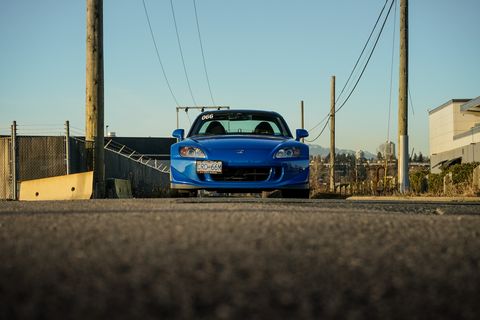
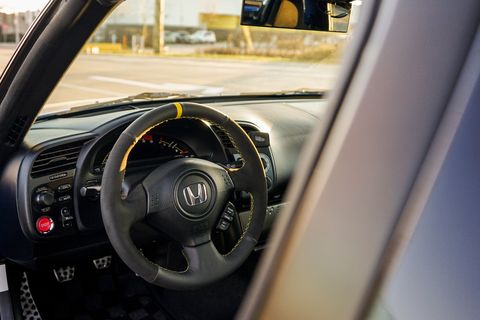
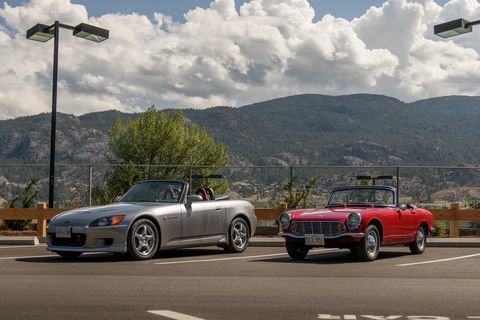
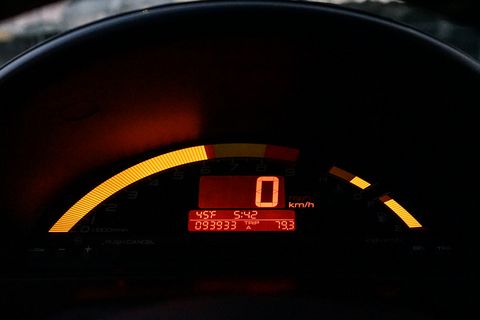
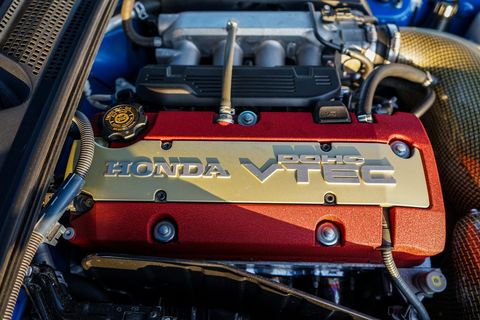
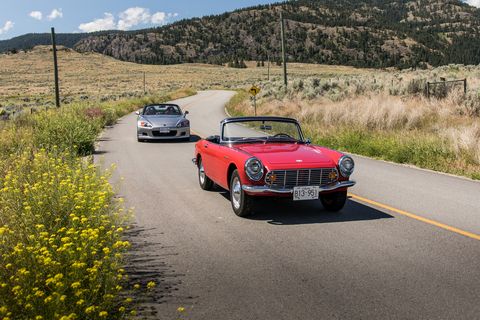

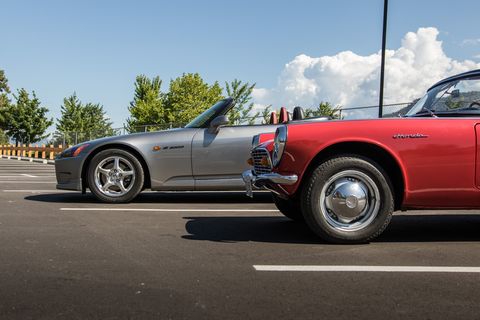
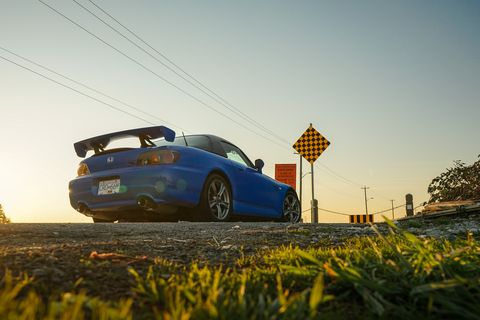

No comments:
Post a Comment